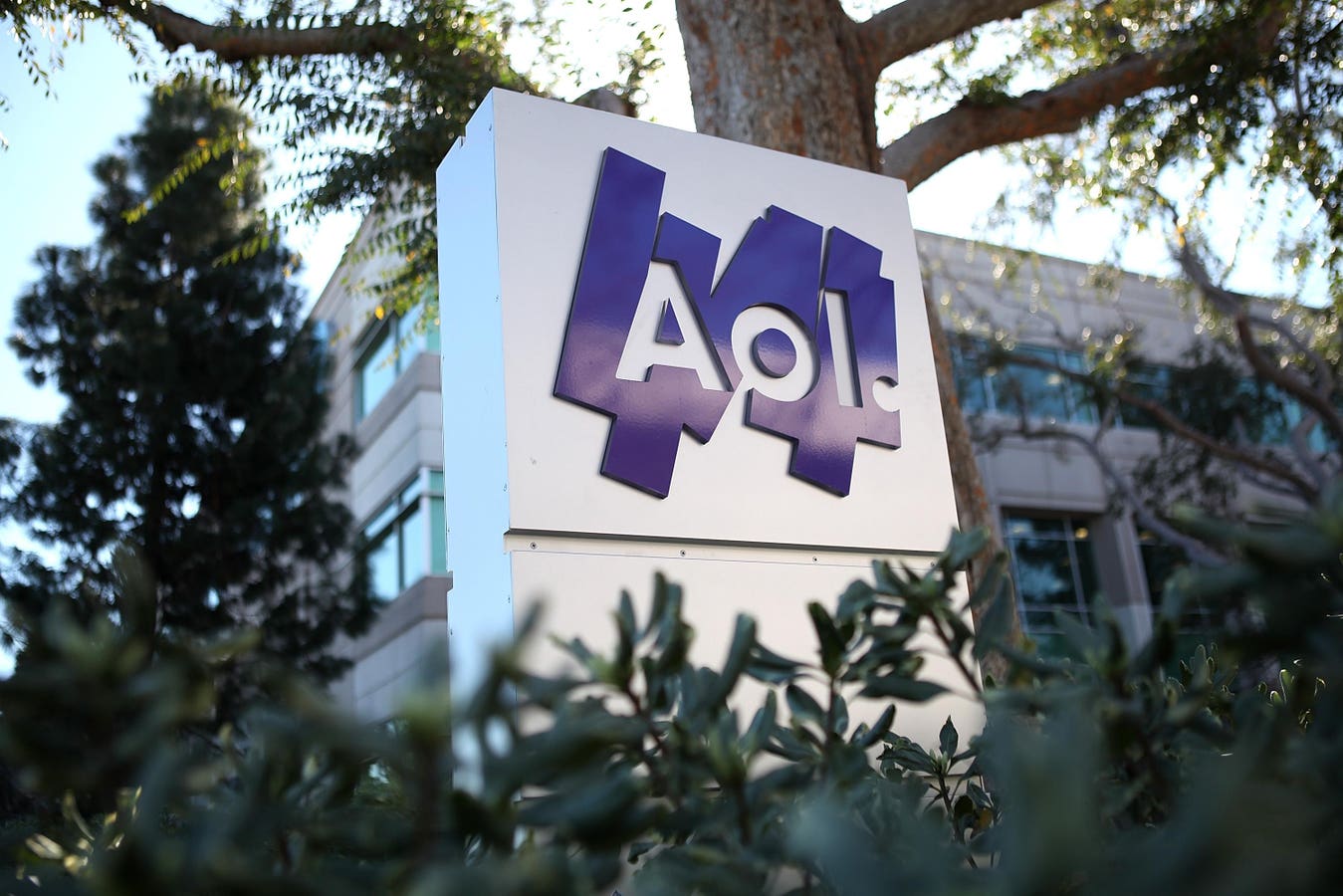JLL (Jones Lang LaSalle Incorporated) office in Brisbane
getty
In an industry as rooted in physical space as commercial real estate, the digital revolution might appear peripheral. But for Yao Morin, Chief Technology Officer at JLL, the $24 billion global real estate services firm, its at the core of the company’s future. Since stepping into the CTO role two and a half years ago, Morin has been driving a comprehensive technology strategy that hinges on data, artificial intelligence and cultural transformation. Under Morin’s leadership, JLL is infusing intelligence into every square foot of the built environment.
From Overhead to Strategy: Redefining the CTO Role
Morin self-effacingly jokes that her job is “all overhead,” but in reality, she spends her days shaping the future of how technology functions across JLL. Her remit is vast: overseeing a team of 600–700 software engineers and hundreds more data engineers, scientists and AI professionals. This group builds not just internal systems, but external software products that JLL clients use to manage buildings, optimize facilities and, increasingly, embed AI into their daily workflows. “Our team builds everything from scratch,” Morin explained. “We’re the builders behind both the platforms that run our internal operations and the SaaS products our clients rely on.”
AI Products That Talk to Buildings
One of JLL’s flagship innovations is JLL Property Assistant, an AI agent that supports property managers in overseeing everything from maintenance and equipment health to tenant satisfaction. Other solutions like Corrigo and Building Engines facilitate day-to-day operations across massive commercial properties, enabling efficiency through automation. “With AI, buildings are beginning to feel more alive,” said Morin. “The property assistant helps users not just react to issues but anticipate and plan based on data-driven insights.” These products are not theoretical. They are built, tested and deployed first inside JLL itself. “We are client zero,” she underscored. “Before we ship AI tools externally, we use them ourselves to ensure the data is safe, the models are accurate and the experience is seamless.”
Engineering in the Age of AI: Smaller Teams, Bigger Impact
As AI reshapes how software is built, Morin is focused on transforming JLL’s engineering culture to match. She described three key trends:
- Coding Less, Reviewing More – With AI-generated code becoming more common, engineers must shift toward code review, architecture and oversight
- Shrinking Scrum Teams – Traditional six-to-eight person teams are evolving into three-to-four person squads, each empowered by AI tools to deliver more independently
- End-to-End Ownership – The DevOps mantra of “shift left” continues, with engineers responsible not just for development, but also for testing, monitoring and operations.
To facilitate this transition, JLL launched an internal program called AI for Engineering Excellence (APEX). The initiative provides tools, training and community forums to help engineers adapt and thrive in a world where AI is a collaborator, not just a tool.
Measuring AI’s Business Impact
17,000 JLL employees have used its internal JLL GPT app, generating 18 million prompts, but the question of measuring business value from AI is less than settled. “How do you translate AI-driven efficiency into bottom-line impact?” Morin asked. “Are we just saving time, or are we generating new revenue? Are we improving margins?” These are the types of questions boards are asking, and answers remain elusive. As Morin points out, even well-adopted tools must eventually show economic ROI, not just anecdotal benefits. She also noted the shift happening in client-facing business models, particularly for firms that bill by the hour. “If AI means fewer billable hours, how do you maintain revenue? That’s a commercial challenge we’re all going to face.”
Creating an AI-Literate Culture
JLL’s success with AI is due in large part to its focus on cultural enablement, not just technical capability. Morin emphasized the importance of training, education and storytelling. “This is a fundamental change in how we work,” she highlighted. “It’s not enough to launch the tech. You have to bring people along emotionally and intellectually.” By building internal communities where employees can share how they’re using AI, JLL has demystified the technology and fostered widespread adoption. Transparency, especially around how data and prompts are used, is essential. “We had to put up banners in our tools telling users we don’t see your prompts,” she noted with a chuckle. “Trust is everything.”
The Built Environment of the Future
Looking ahead, Morin sees a world where buildings become more responsive and personalized. Shopping centers could suggest routes based on your preferences. Offices could automatically adjust comfort levels. Meeting rooms could self-release when unused. She’s especially excited about AI’s potential to revolutionize healthcare environments, from robotic assistants to AI-enabled drug discovery. But she’s also closely watching the challenges ahead, especially the explosive demand for energy that AI and data storage will create. “In three years, we could need ten times the energy we do today,” she said with a note of caution. “Where will that come from?”
Data as the Differentiator
In the end, Morin believes the AI arms race won’t be won by who adopts tools fastest. Rather, it will be won by who best protects and leverages their data. “AI adoption is table stakes,” she said. “The real competitive advantage is in the data you control and the trust you build around how you use it.” In an era where digital innovation is reshaping even the most physical of industries, Morin’s work at JLL is proof that AI is not just about algorithms. It is about how we build smarter, safer and more human-centric experiences in every space we enter.
Peter High is President of Metis Strategy, a business and IT advisory firm. He has written three bestselling books, including his latest Getting to Nimble. He also moderates the Technovation podcast series and speaks at conferences around the world. Follow him on Twitter @PeterAHigh.








